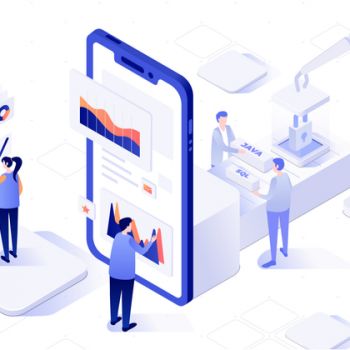It’s nearing the end of 2016, and because you run a great business, you need a great website.
But what, exactly, does a great website look like?
Firstly, it will have an attractive, professional and balanced web design. It will be simple, functional and easy to navigate, it will set a tone of credibility and trust, and it will be optimised so that your customers can access it just as easily on their desktop as they can while sitting on the train.
But we’re missing something big, here. A website can be all of that, working beautifully and effectively and looking great, but either failing to attract the thousands of potential clients you need, or failing to ‘convert’ that traffic into sales.
In effect, your website is not profitable.
So what is the easiest way to turn a less profitable website into a lucrative, money-making one? In one word, it’s content.
Without content, a customer may arrive at your site, or hover over that link, wondering ‘what’s in it for me?’ and not get a clear answer.
Great, relevant and compelling content quickly gives that clear answer and provides an easy route to buying action.
So here’s what to do:
1. Keep it fresh
Let’s be honest: your potential customers are out there in ‘Google’, so you need to be appearing high on those search listings. The most recent changes by Google place more emphasis than before on the need for fresh, relevant and regular content.
In short, this means content that your specific target market will find entertaining, interesting and useful. Flashy ‘sales speak’ is a thing of the past.
2. Call to action
Your content may actually be good, but missing that final ‘pull’ to a sale – the call to action (CTA).
A call to action is a simple set of words that asks your potential customer to become an actual customer by actually taking an action – like clicking a button or signing up. How you craft the CTA, what action is being requested and how to position the links or buttons are all elements whose importance cannot be overstated.
3. Social media
But hang on? Aren’t we trying to convert website traffic? Yes: and to do that, you need social media. The last few years have marked the era of Facebook, Twitter, Instagram and others.
So while everything has to link back to conversions taking place at your website, social media is how businesses can easily engage with, create and maintain relationships with an almost unlimited-in-size target market.
4. Email
Again, you need to turn that traffic into sales – and email is a proven winner in this field. Amid all the various marketing methods, email marketing continues to win. It’s cheap, simple to set up and use, the return on investment is the most effective, and it’s the perfect way to keep engaging with that indispensable of resources – existing and loyal customers.
5. Conversion optimisation
In a way, your website revolves around boosting conversion. But specific ‘conversion optimisation’ is when you actually deeply analyse how your traffic is converting, and look for ways to specifically turbo-charge those numbers.
Analysing your traffic can show things like ‘bouncing’ – when people arrive at your site but quickly leave. You look at exactly where they were when they ‘bounced’ and look to change those particular areas to keep them engaged. It can be things like special offers, more engaging images or headers, less cluttered pages and content, more effective calls to action – and the list goes on.








